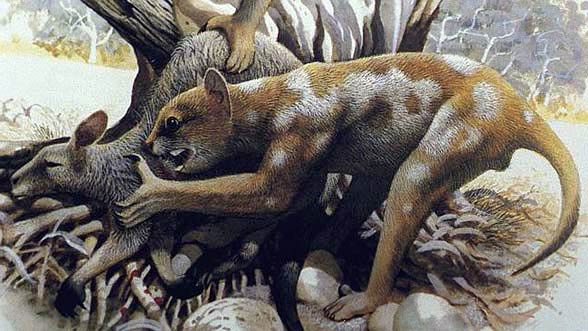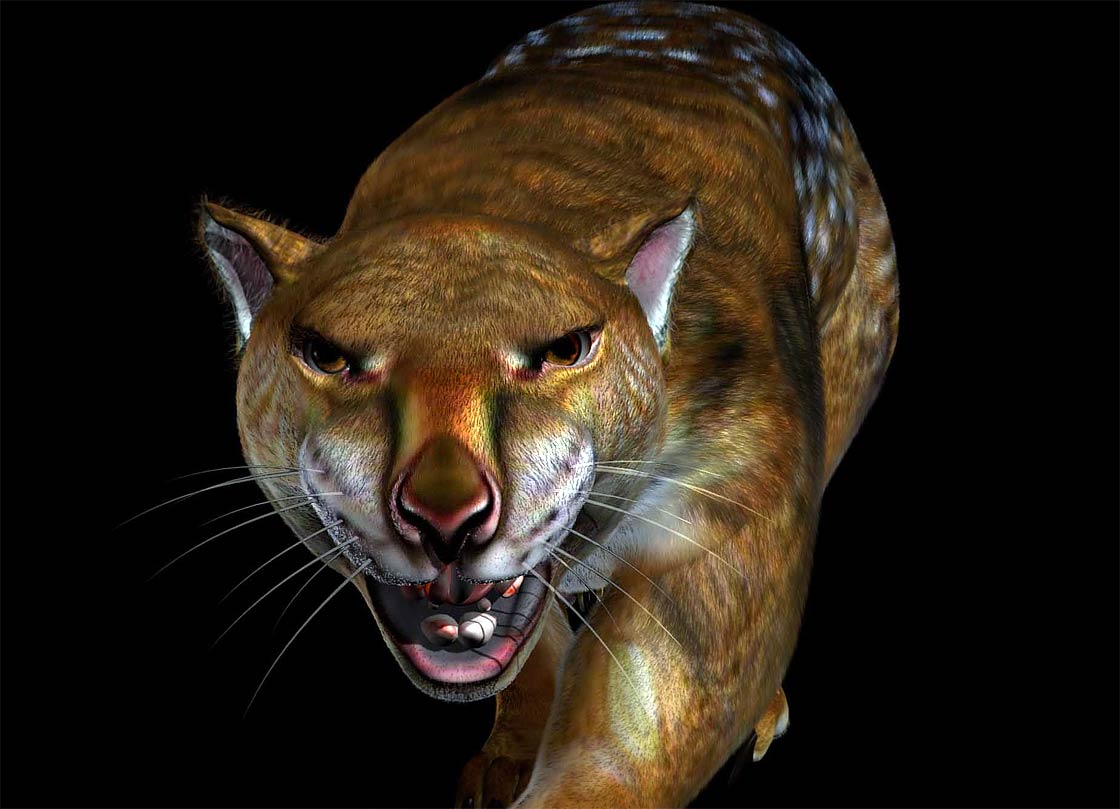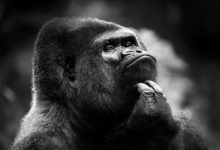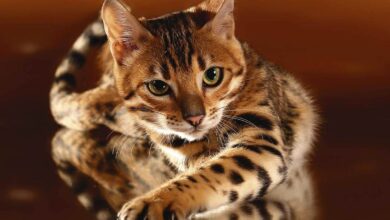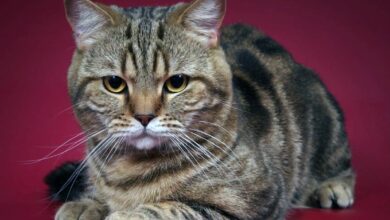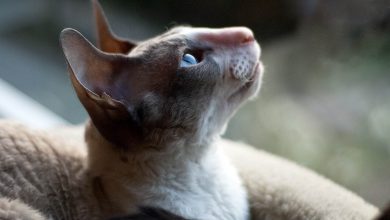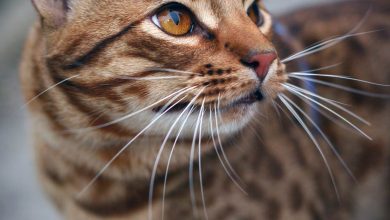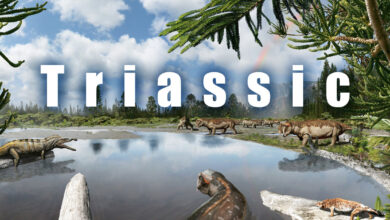Marsupial lion – large predatory marsupial
Marsupial lion (Thylacoleo carnifex)
The largest predatory mammal in Australia and one of the biggest marsupials that walked on Australian land. This extinct marsupial species with an amazing name, had features of present big cats. How did it use its strength, powerful teeth, and sharp claws in areas full of herbivorous animals, and why it could not survive to the present day? We answer these and other questions in this article.
Classification
- Kingdom: Animalia
- Phylum: Chordata
- Class: Mammalia
- Infraclass: Marsupialia
- Order: Diprotodontia
- Family: †Thylacoleonidae
- Genus: †Thylacoleo
- Species: †Thylacoleo carnifex
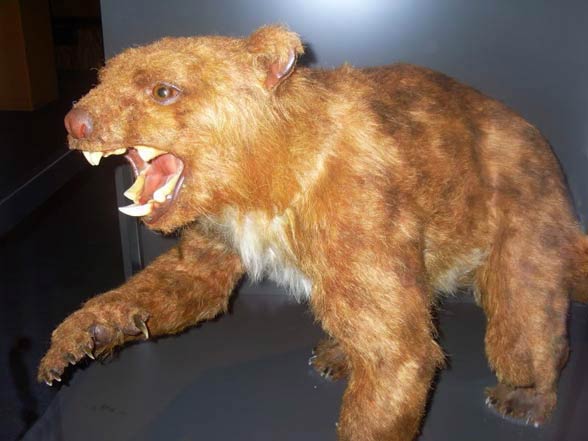
Dating and distribution
The marsupial lion lived on the territory of present Australia from 1.6 million to 46 thousand years ago. Based on found fossils, it has been proved that it had a wide range of distribution. Its fossils were discovered in many Australian states.
Most discovered bones of this predator were dug out on the territory which used to be open half-dry or dry areas covered with the thicket and placed near waterholes. Those animals coexisted with other representatives of Australian megafauna, such as giant kangaroos from Protemnodon genus, wombats from Phascolonus genus and flightless birds from Dromomithidae family.
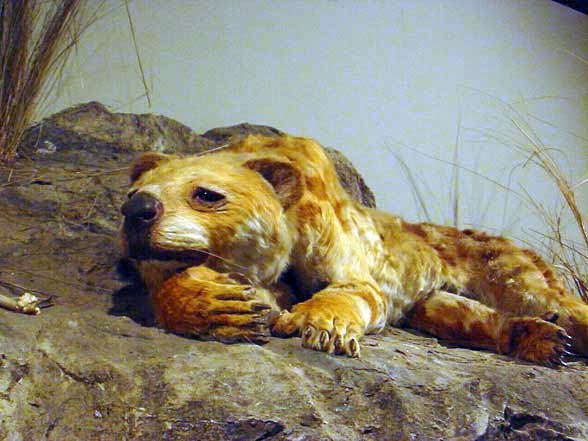
Characteristics
Appearance
The marsupial lion was on average 75 cm (30 in) high at the shoulder and 150 cm long (59 in). Its weight was between 100 – 130 kg (220 – 287 lb) but species reaching 160 kg (353 lb) were not uncommon. Its general size made it similar to female lions or tigers.
The animal was heavily built with very powerful jaws and forelimbs. Claws, similar to most modern felids, could be hidden which is an unusual feature among marsupials. Thanks to this ability, claws stayed sharp, as they did not wear down during the contact with the hard ground.
It probably had a thick and strong tail. At the bottom of the tail vertebrae, there were chevrons – bony appendages used to protect blood vessels and nerves. In case of the marsupial lion, such reinforcement was essential because it could support its body on hind legs and the tail, much like present-day kangaroos. Such ability freed up forelimbs. The predator could block its victim’s way and wound it severely using its huge claws.
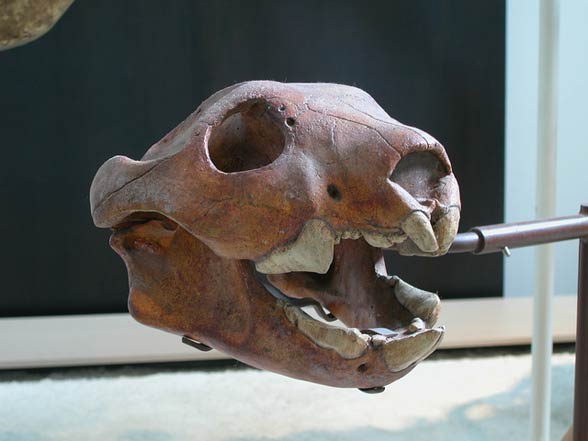
Jaws
Marsupial lion’s teeth showed its masculinity. Similarly to other Diprotodonts, it had enlarged incisors in the upper and lower jaw. Those teeth, especially ones in the lower jaw, resembled more dog’s or cat’s teeth than those of the kangaroos. However, the most unusual element of the dentition were huge carnassial premolars on either side of its jaws. The top and bottom carnassials worked together like shears and were very effective at slicing off chunks of meat and cutting through bone.
The strongest jaws among mammals
The dentition of the marsupial lion was extremely large in comparison with its body size causing the extremely powerful bite. On the basis of calculations taking into account the predator’s size, it has been shown that the marsupial lion had relatively the strongest bite of any known mammal (living or extinct). It has been also shown that the animal weighing 100 kg (220 lb) would have had a bite of a 250 kg (550 lb) African lion.
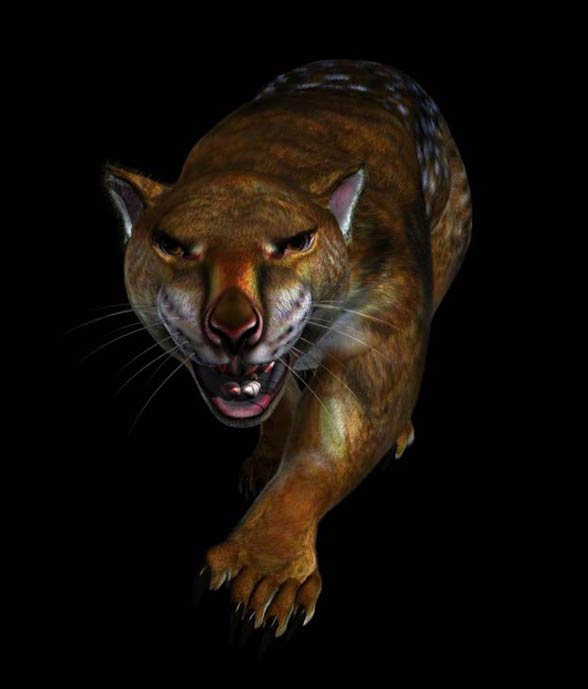
The way of killing
On the basis of the computed tomography and 3D modeling, marsupial lions were found to kill their victims similarly to big cats – by biting its neck. Specialized teeth crushed the windpipe and severed the spinal cord, lacerated major blood vessels such as the vein and the carotid artery.
What’s more interesting, the African lion kills a big victim in this way in about 15 minutes whereas the marsupial lion needed less than a minute to do that.
It seems that the skull of this extinct marsupial was adjusted to catching the big prey and hunting smaller animals was ineffective.

Lifestyle
The proportions of the marsupial lion point to its strength. However, it was not a fast runner. It probably hunted its preys by the ambush or sneaking, or pouncing from the branch. If its hunting methods had looked this way, the camouflage would have been very helpful, e.g. streaks thanks to which it could easily hide in the thicket. It would have implied abilities similar to the sneaking tiger and not the lion running after its prey on the open area. It is not excluded that the opportunistic predator eating mainly the carrion or stealing the prey from smaller carnivorous animals.
Hunting from the ambush
It could hunt bigger animals from the ambush, such as huge marsupials from Diprotodon genus, kangaroos from Sthenurus and Procoptodon genera. Some marsupial lion’s territories overlapped ranges of enormous Megalania – monitor lizards reaching 4,5 m (15 ft) of length and the weight of around 160 kg (353 lb) – maximum 331 kg (730 lb).
Apart from that, the main land predator in Australia was the marsupial lion because of the most powerful bite among all animals with similar body sizes. Bigger and more powerful animals were crocodiles, which are kings among predatory animals in Australia – see: the saltwater crocodile.
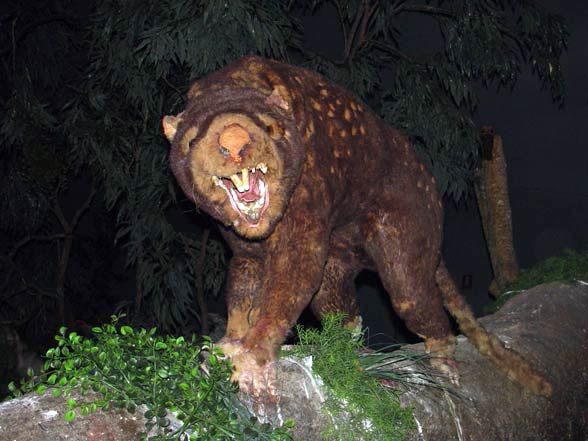
Excellent senses
On the basis of research, it has been concluded that the marsupial lion had highly developed sight, smell and hearing. In its nasal cavity, there were special canals placed which were responsible for detecting pheromones. The marsupial lion had its mating habits and it looked for the partner to copulate in a specified time.
Few findings
Many other aspects of the marsupial lion’s life are still undiscovered. So far, bones of only 3 individuals have been found, giving little information about the family life of this species. A huge mature female holding its young in the pouch has been discovered as well as older young lions situated near the previously mentioned animals. It is possible then that marsupial lions (at least females and their young) created family groups.
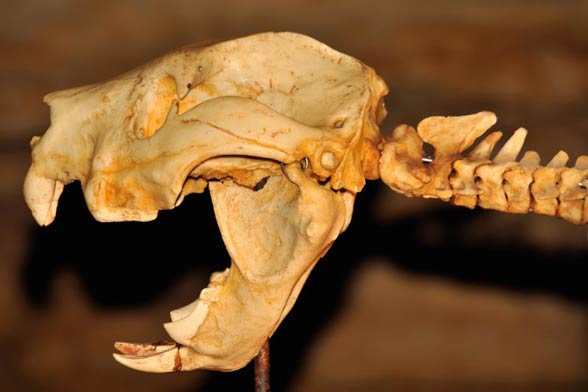
Extinction
Climate changes were not the reason for the marsupial lion dying out. Most representatives of megafauna could get used to extreme environment changes.
Another theory, analyzed up to this day, is that the main cause of extinction was human activity. When people appeared in Australia, they set fire to the thicket and forests in order to increase the living space. A drastic change in the ecosystems connected with planned fires led to the extinction of many types of plants, which small and big animals used to eat. As a result, the amount of food for large predators decreased.
The main reason for the extinction of marsupial lions could, therefore, be hunger. What is more, burning out the thicket and woodlands made it impossible for predators to realize their hunting strategy, which was the ambush. Without camouflaging trees and bushes, it was unable to catch fast and agile prey.
The marsupial lion was not worse than first Australians as it was very probable that it hunted for them.
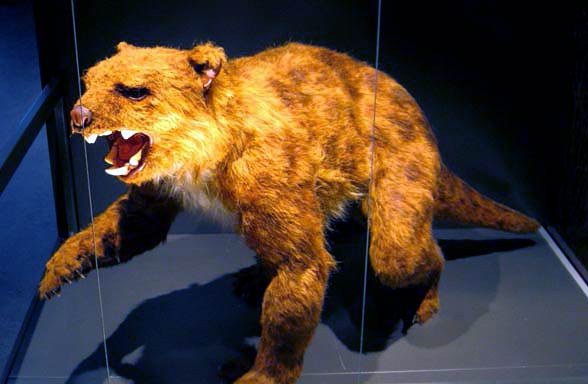
Detailed information / size
Marsupial lion (Thylacoleo carnifex)
- The length of the body to the tail: 150 cm (59 in)
- Height at shoulders: 75 cm (30 in)
- Weight: 100 – 130 kg (220 – 287 lb); very often about 160 kg (353 lb)
- Dating: 1.6 million – 46 thousand years ago (late Pleistocene)
- Distribution: Australia
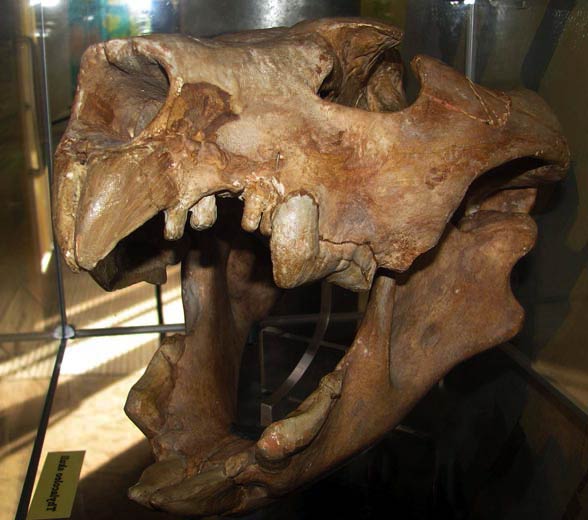
Marsupial lion (Thylacoleo carnifex) – curiosities
- The marsupial lion is thought to have been the biggest carnivorous mammal in Australia as well as one of the biggest predatory marsupials in the world.
- At present, only two families of herbivorous marsupials – the koalas and wombats – are the most closely related to the marsupial lion. Among them, there is the koala (Phascolarctos cinereus), the northern hairy-nosed wombat (Lasiorhinus kreffitii), the southern hairy-nosed wombat (Lasiorhinus latifrons) and the Tasmanian wombat (Vombatus ursinus).
- Thanks to sharp claws, the marsupial lion could grasp the prey and climb trees.
The ancestors of the marsupial lion were probably herbivores, which is unusual for carnivorous animals. Most predators originate from carnivorous ancestors.
